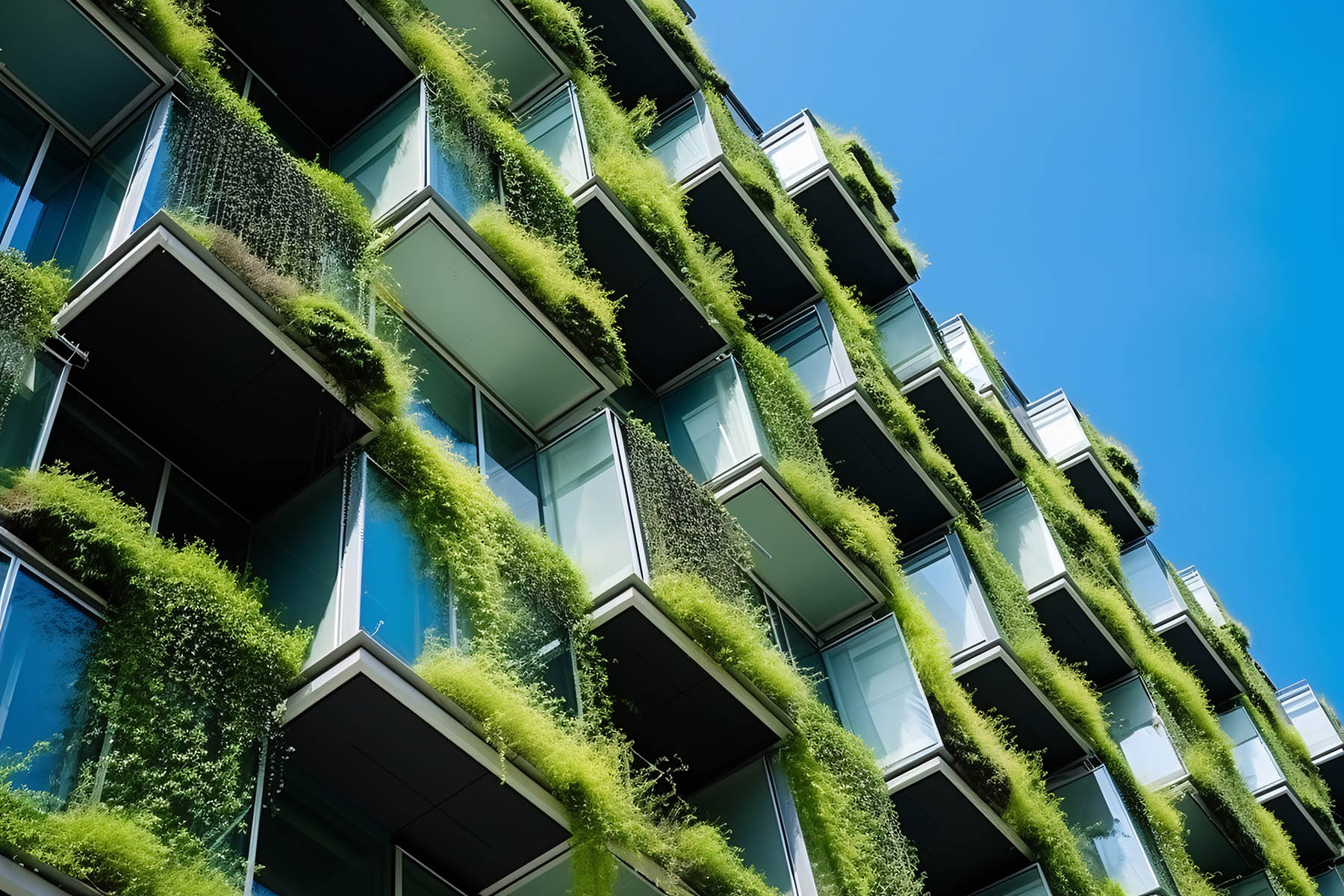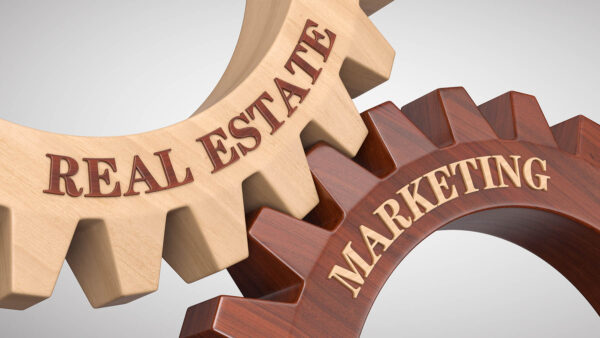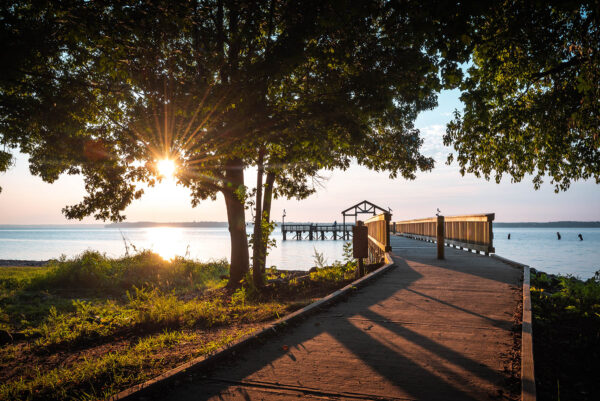As sustainability becomes an increasingly critical focus in urban development, Washington, D.C. stands out as a shining example of a city committed to green building initiatives. In this article, we will explore how the nation’s capital is leading the way in adopting eco-friendly architectural practices and sustainable urban development.
Washington, D.C.’s Green Building Landscape
The Vision for a Greener Future
Washington, D.C.’s journey toward sustainability is rooted in a clear vision for a greener, more sustainable future. The city government, in collaboration with local organizations and developers, has been actively pursuing initiatives to reduce carbon emissions, conserve resources, and promote healthier living environments.
LEED Certification and Beyond
D.C. boasts a significant number of Leadership in Energy and Environmental Design (LEED)-certified buildings, with many achieving the highest Platinum rating. LEED certification ensures that buildings meet strict sustainability criteria, including energy efficiency, water conservation, and indoor air quality. D.C.’s commitment to LEED has not only reduced the environmental impact of new construction but has also inspired a culture of sustainability in the city.
Sustainable Urban Development
The Revitalization of Neighborhoods
One of the most visible aspects of D.C.’s sustainability efforts is the revitalization of neighborhoods with eco-friendly architecture. Historic districts like Shaw and Navy Yard have experienced a resurgence, with adaptive reuse projects that repurpose older buildings into green, mixed-use spaces. This approach preserves the city’s character while promoting sustainable growth.
Smart Growth and Public Transportation
D.C.’s commitment to smart growth principles includes transit-oriented development (TOD) and walkable communities. The city’s extensive public transportation network, including the Metrorail and Metrobus systems, reduces reliance on private vehicles, lowering carbon emissions. These efforts align with D.C.’s goal of becoming a more pedestrian and cyclist-friendly city.
Energy Efficiency and Renewable Energy
Solar Initiatives
D.C. has implemented various solar initiatives to promote renewable energy use. Solar panels adorn government buildings, schools, and residential properties across the city. These initiatives not only reduce greenhouse gas emissions but also provide cost savings for property owners through net metering.
Benchmarking and Energy Efficiency Regulations
To enhance energy efficiency, D.C. has enacted benchmarking requirements for large commercial buildings. Property owners must report their energy and water usage, promoting transparency and encouraging improvements. Additionally, the city has adopted strict energy efficiency regulations for new construction and renovations.
Green Spaces and Sustainable Infrastructure
Urban Parks and Green Roofs
D.C. is home to numerous urban parks and green spaces that promote a healthier environment and provide recreational opportunities. The city also encourages the construction of green roofs, which improve energy efficiency, reduce stormwater runoff, and support biodiversity.
Stormwater Management
The Anacostia and Potomac rivers, integral to D.C.’s landscape, benefit from innovative stormwater management practices. The city has implemented green infrastructure solutions like permeable pavements and rain gardens to reduce pollution and protect water quality.
A Collaborative Effort
Public-Private Partnerships
D.C.’s success in green building and sustainability is the result of collaborative efforts between the public and private sectors. Government incentives, tax credits, and grants have encouraged developers to prioritize sustainability in their projects. This partnership model has been pivotal in fostering a sustainable real estate landscape.
A Model for Sustainable Cities
Washington, D.C.’s commitment to green building initiatives sets a remarkable precedent for cities nationwide. Through a combination of sustainable urban development practices, energy efficiency measures, and public-private collaboration, the city is creating a model for a more eco-conscious and resilient urban future.
As Washington, D.C. continues to lead the sustainability charge, it demonstrates the potential for cities to balance growth and environmental responsibility. In doing so, the nation’s capital paves the way for a brighter, greener, and more sustainable urban landscape across the United States.





